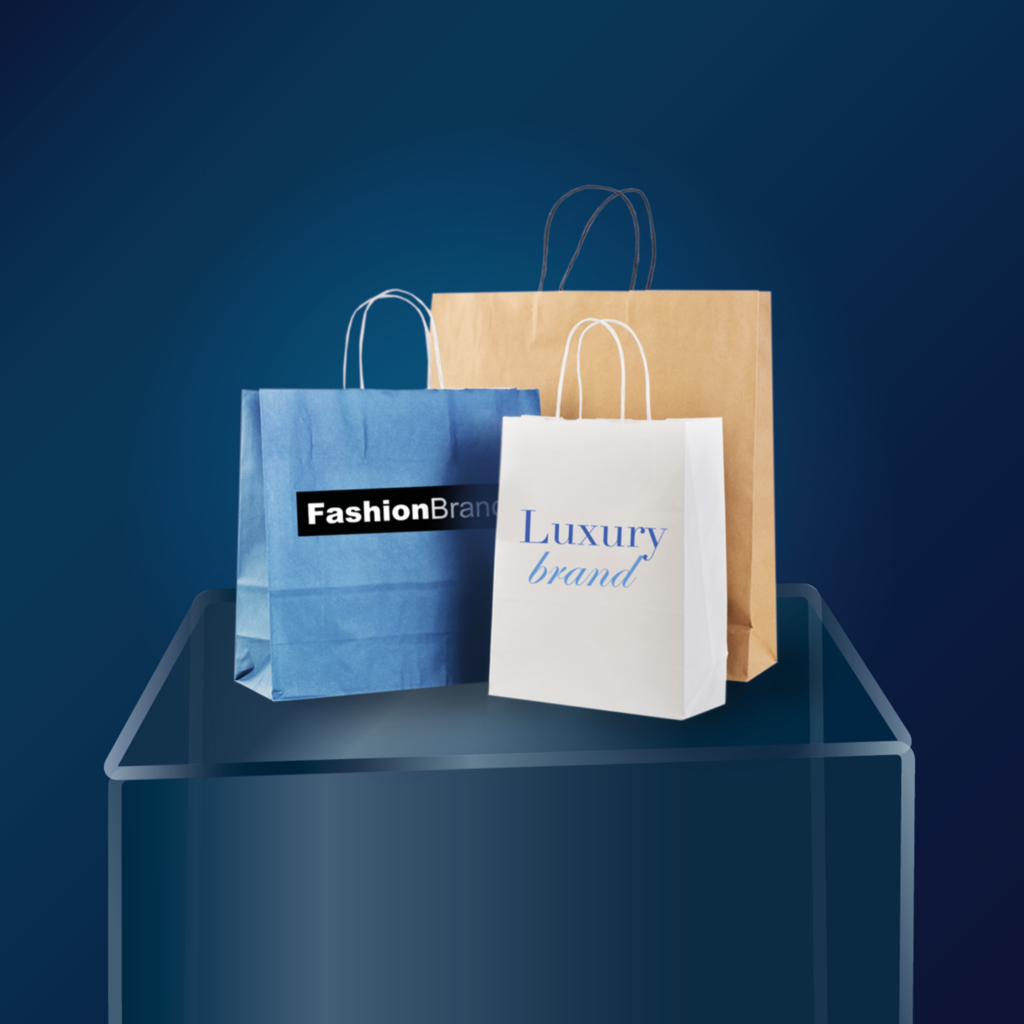Money was power during the fossil era – if you had a lot of money, there was no limit to how much you could consume. And if you didn’t have enough, it was easy to borrow.
Advertising and entertainment encouraged people to consume a lot. Online, there were many videos on “unboxing” (“look when I unbox my new thing”) and “hauling” (“look how much I’ve bought”), and many people spent their weekends shopping. Above, you can see the results of a one-day shopping spree called “Black Friday”.
Producing all these things used up a massive amount of natural resources and led to emissions across the world. Decision-makers had a hard time controlling consumption through policies. There were taxes on emissions, a price on carbon dioxide and rules on the amount of resources that could be extracted in various Swedish sectors. At this point in time, however, much of the production took place outside Sweden, and more efficient production instead resulted in prices dropping and consumption going up! And when the economy grew, so did the ability of Swedes to consume.
So, Sweden and the EU started experimenting. Companies were forced to account for the resources used and the emissions caused throughout the entire production chain, regardless of where it took place. The EU also introduced climate tariffs on imports from countries with lower emission prices.
This meant that you could no longer buy cheap goods from faraway countries without paying for the resulting emissions. Transport costs increased at the same time as people started to change what they bought and from where. Companies moved their manufacturing back home and focused on products built to last and which were easy to repair.
As a result, Swedish homes were filled with less but better stuff. But that was not enough as the ones able to afford paying the higher price continued to consume as before! In a desperate decision, the EU imposed a limit on how much each country and, in turn, each individual was allowed to consume – measured in emissions an resources. Many people were turned away at the checkout when swiping their card and receiving the error message “your emission account is overdrawn”.
An illegal market for high-emission luxury products, such as cars and imported meat, emerged, but above all, there was a boom for all basic products with low emissions!
The sale of lupin beans from Skåne went through the roof, shopaholics became shareaholics and cultivation cooperatives popped up all across the country. More time and money were spent on services and culture. Season tickets for football were sold out in record time and theatres were successful as a zero-emission form of entertainment when the audience was asked to clap in order to keep up the temperature.
Tough measures are no longer needed – most of what we consume is emission-free!
Carbon dioxide (CO2): A greenhouse gas produced during combustion or organic decay and absorbed in photosynthesis. When we burn fossil fuels, the level of carbon dioxide in the atmosphere goes up, which leads to global warming.
Emission allowance: An emission allowance gives the owner the right to emit one ton of carbon dioxide. Businesses can buy and sell emission allowances in a market. The number of available emission allowances is determined by politicians. They are used in, for example, the EU.
This text is part of the future scenario and study material Beyond the Fossil Era.
